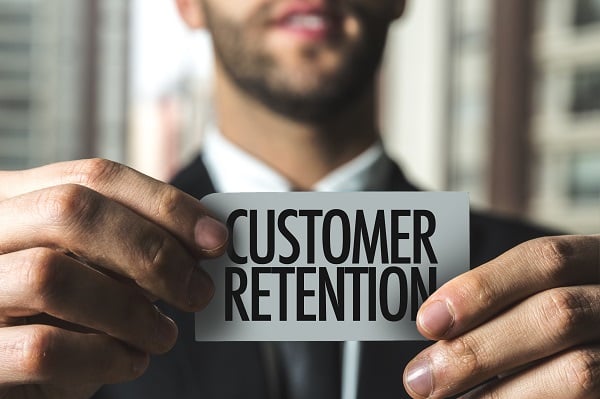Spending £50,000 each year on Yellow Pages ads. Filling skips with unread brochures. Chasing the top spot on Google no matter the cost.
Too many businesses burn good money on mind-boggling marketing activity with no proven ROI. Others abandon successful campaigns because they’ve grown bored of them.
Our part-time marketing directors have seen countless ways companies waste cash and handicap their own efforts. Find our pick of the worst below – take note!
PPC – chasing the top slot on Google
“A couple of MDs I’ve met have been spending six figures a year on PPC because they have to be number one on Google. It’s pure pride – they want to be above their competitors. Nobody cares except the MD and Google. I’ve sat them down, evaluated things, used some smarter keywords and helped them chase lower rankings, moving them to position 2.2 or 2.4. That more than halves the spend, and they usually get twice as many clicks.”
Advertising – taking the same-old same-old approach
“I worked with one CEO who was paying over £50,000 per year – half the company’s annual marketing spend – on a repeat annual advertising service with Yell. Most of that went on hard copy Yellow Pages. Virtually every ad was measured on smartphone numbers, but the data was never analysed. All the Yell rep did was feedback some dubious headline numbers and guesswork-based assumptions at each renewal meeting, and add 5% to the cost each time.
“When we did analyse the data, we discovered that many of those ads were producing zero responses, and had done for years. Those that were productive tended to attract the same people. The approach had never been questioned, let alone challenged, because it was the brainchild of the company’s founder and the Yell rep was a friend of theirs. We recommended no future spend on Yell advertising, adding the existing customers to a CRM and contacting them on a retention basis, and switching spend to acquisitive channels and developing content, rather than paying to re-attract customers who should have been in a database after the first sale.”
Promotional materials – is anyone picking them up?
“MDs keep saying things like “we always print lots of glossy brochures and in five years time, we’ll still have 99% of them left and they’ll get thrown away.” They know it doesn’t work, but they keep doing it out of habit. The worst case I’ve seen was a company that permanently employed someone to produce eight translations of every glossy brochure they wrote. There was a container-sized storeroom full of that person’s output. 95% of it went into a skip – actually, it took eight skips to clear it all out – and they never produced another brochure. The only people who complained were the printers.”
This isn’t to say that brochures are completely useless – merely that this company was printing them out of habit, not as part of an informed, data-driven strategy. A brochure which is picked up and read and leads to a sale is still valuable – the key is to assess the success of your methods and adjust accordingly.
Systems – what are your people doing with their time?
“The worst waste I’ve seen was a business that paid someone to work two days every month to go through their database and mark off anyone who had unsubscribed to their emails. When I brought it up at a meeting, the Finance Director told me that he didn’t want to pay me to update the unsubscribes – to which I replied, “why are you paying for anyone to update the unsubscribes?” I politely pointed out that a simple CRM/email marketing system would do this automatically for them. The room went quiet! They’ve switched over to a CRM system now – it saves them money and it’s automating most of their email marketing too, so it also saves them time.”
Strategy – what are you trying to achieve? Is it worth the cost?
Small changes can have far-reaching effects within a business – so it’s worth asking whether proposed developments are worth following through. Our final marketing director joined a business as they were mid-way through changing their logo – a decision made because directors had grown bored of the old one.
“The approach they took just made things worse. Normally one would take two or three months to bring in a change, so that old stock with the existing logo on it could be run down, but the COO wanted a “D-Day” approach. We ended up working for 24 hours, with a lot of people being paid overtime to recycle six pallet-loads of paper, letterheads, brochures, compliment slips and so on, and bring in the same amount of “rebranded” stationery and brochures. It cost the UK arm of the business £120,000 in design, material and shipping costs alone, let alone the opportunity lost in working hours.
“The worst part? The change was imperceptible to customers. They changed from yellow and black to white and black and made a minor change to the typeface.
“The business pulled out of the UK within three months, and they were bought out within six.”
All these anecdotes have something in common. The companies involved aren’t focusing on strategies and methods with proven ROI: they’re doing what they’ve always done, what everyone else is doing, or what seems like a good idea at the time. Effective marketing has to be driven by data – and not by intuition.




.png?width=800&height=500&name=20%20(1).png)
-1.png?width=800&height=500&name=Expert%20View%20(1)-1.png)